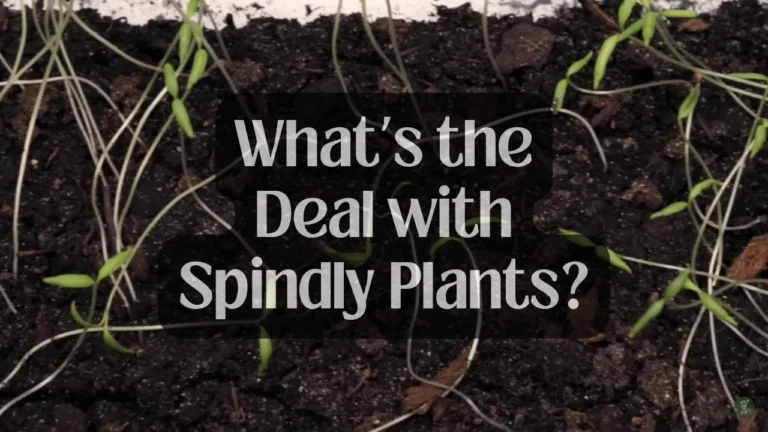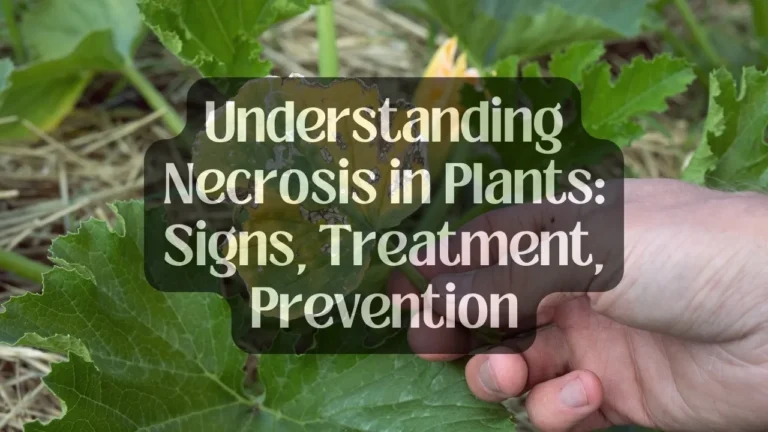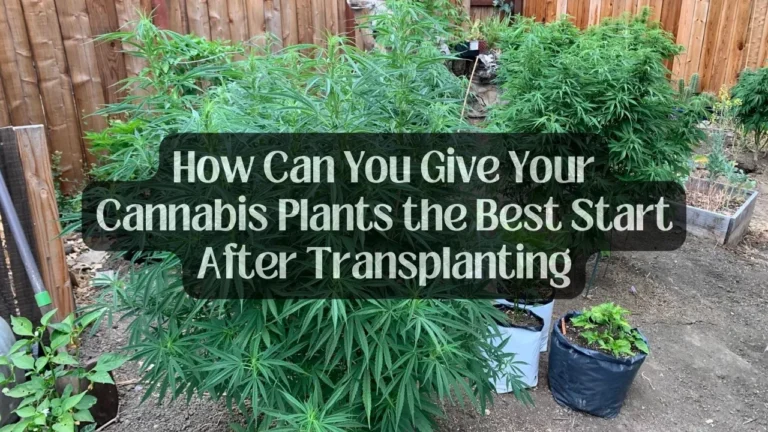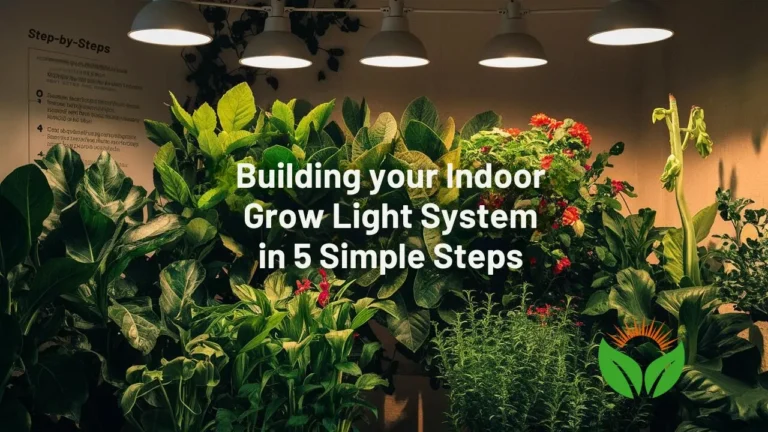Are Humidifiers a Significant Addition To An Indoor Garden?
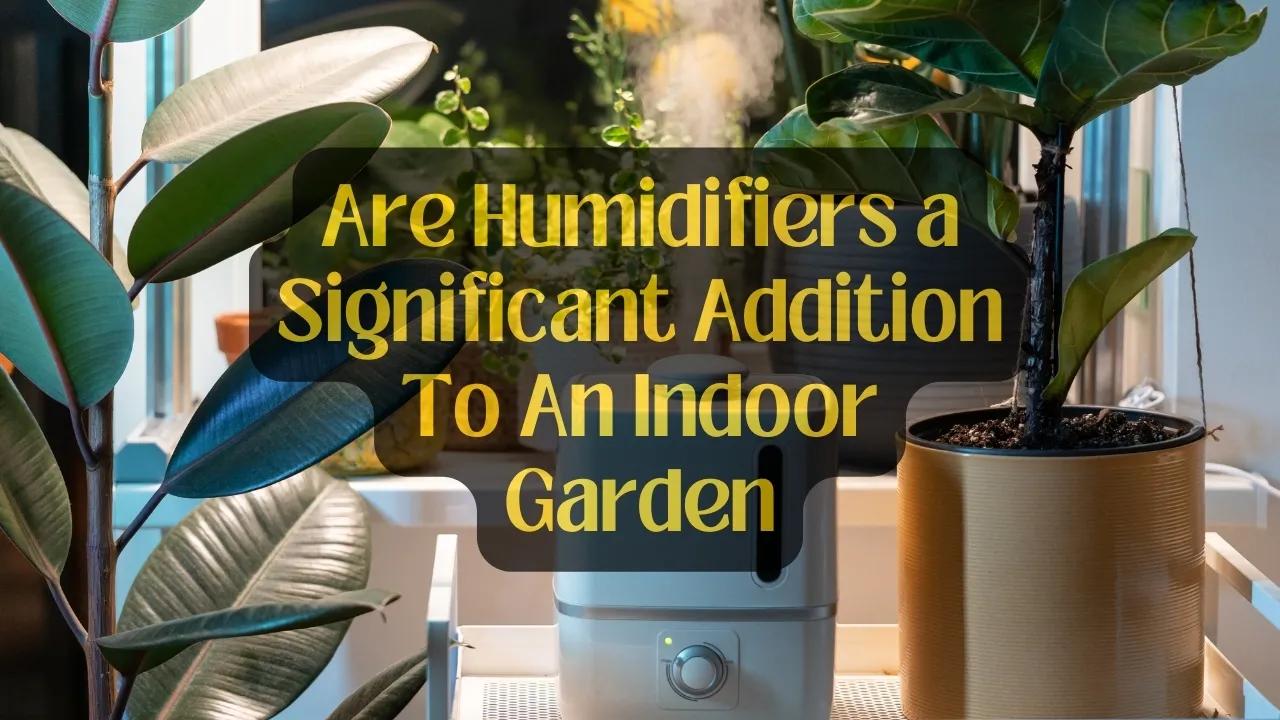
As plant lovers, we know our leafy friends need the right soil, adequate sunlight, and a regular drink of water to thrive. But what about humidity levels?
Do our indoor botanicals truly require more moisture in the air to stay lush and vibrant? The answer isn’t specific. For some houseplants, home air moisture matters, so humidifiers will be significant for them. For others, a humidifier isn’t really required, but the room temperature is just fine.
Sounds a little complex? No issues, let’s dig into the root of the matter.
Table of Contents
Is Extra Humidity Always Necessary?
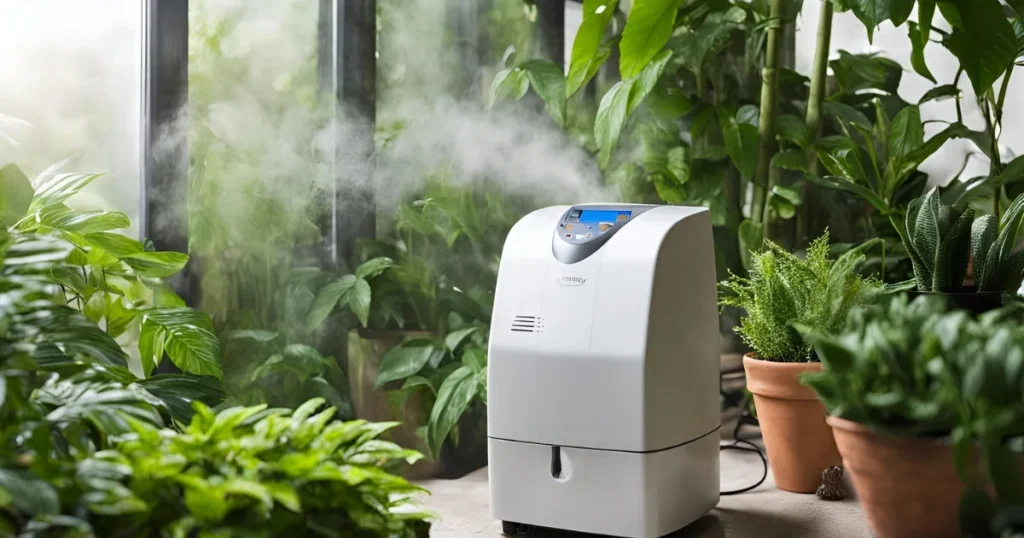
The need for added humidity depends largely on the specific plant species and its natural habitat. While tropical greenery like ferns and orchids prefer more humid conditions akin to their rainforest origins, other houseplants can manage just fine with typical indoor air moisture levels.
Your home’s relative humidity – the amount of moisture in the air compared to what the air can “hold” at that temperature – is usually higher than outdoors, especially in cooler climates. Most guidelines recommend keeping interior relative humidity between 30-50%, with 45% being ideal for human health and comfort.
How to Test Home Air Moisture Level? 3 Potential Methods
There aren’t any specific methods. But experts often recommend some ways. Let’s have a look at them.
Use Hygrometer
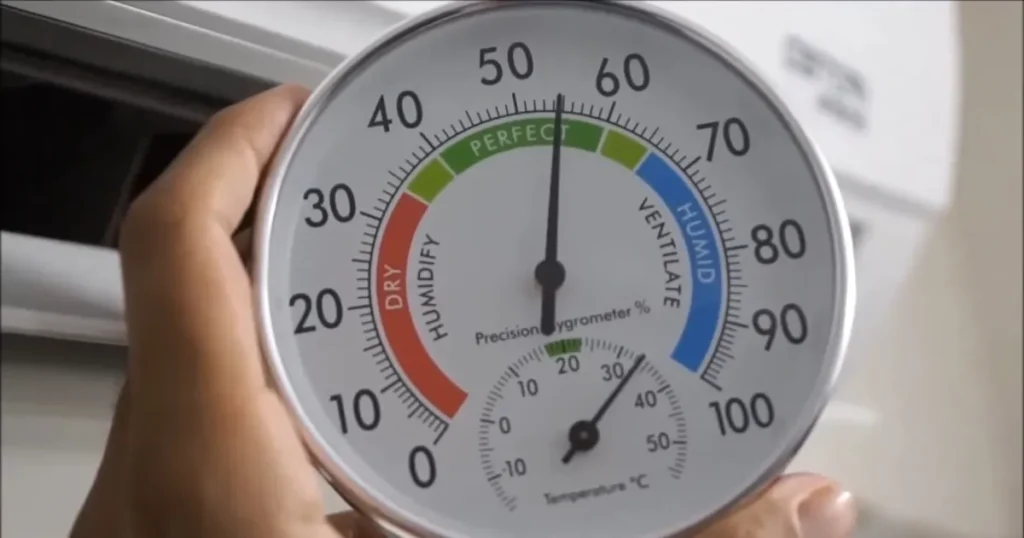
There’s a handy tool called a hygrometer that can help you out. This little gadget is like a tiny weather station for inside your home. It tells you how much moisture is in the air, which is good to know for keeping your houseplants happy and healthy.
The Ice Cube Test
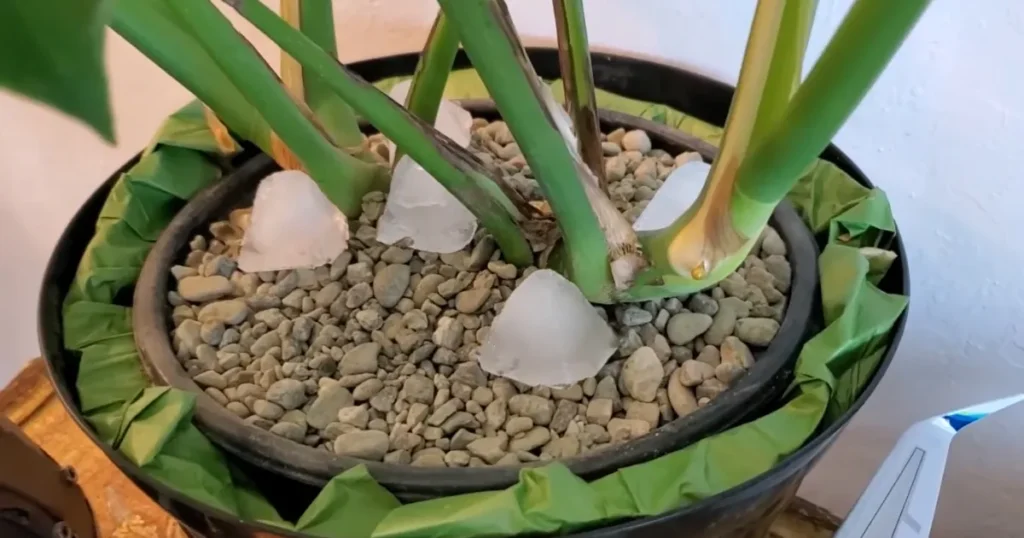
This is a quick and easy way to get a general sense of the humidity. Fill a glass with ice water and let it sit in the room for a few minutes. If the outside of the glass gets foggy, the air is likely humid. If it stays clear, the air is probably dry. Keep in mind, that this isn’t super precise, and it won’t give you an exact percentage.
Observe the Signs
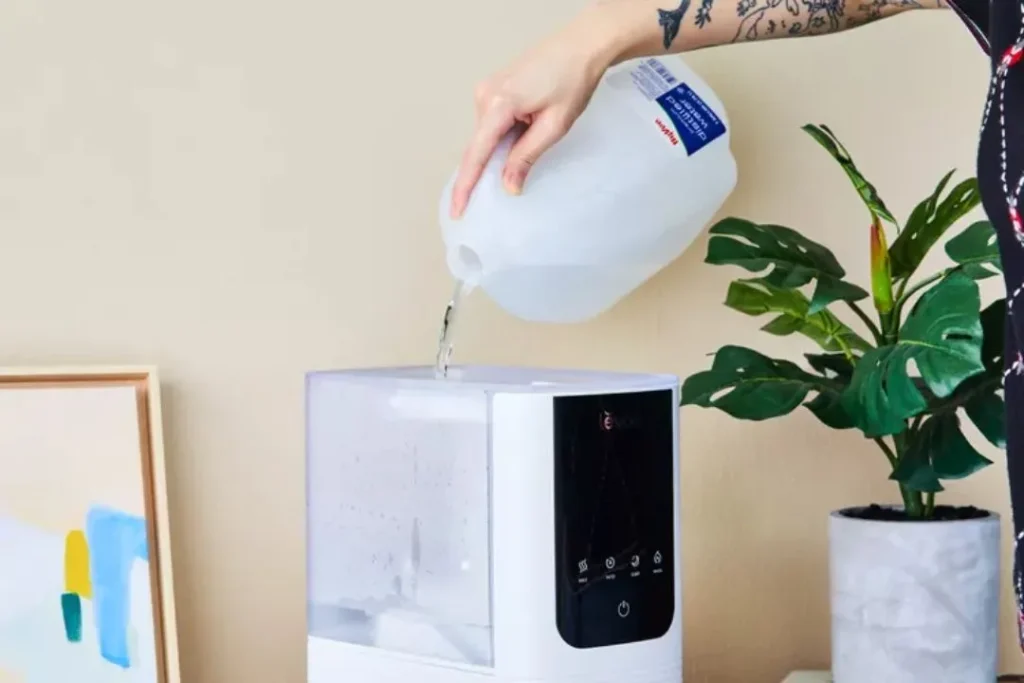
Your home can actually tell you a thing or two about its humidity levels. Here are some clues.
- High Humidity: If you see condensation on windows, peeling wallpaper, or mold growth, these could be signs of high humidity.
- Low Humidity: Dry skin, static shocks, and cracked furniture might indicate your air is too dry.
While these methods aren’t perfect, they can be a helpful starting point to see if you need to invest in a hygrometer for a more accurate measurement.
3 Humidity Havens for Plants

For low to moderate humidity-loving plants like cacti, succulents, and many common houseplants, you have three easy, affordable options.
- Group Plant Potting – Clustering multiple plants together allows their combined transpiration (air moisture released from leaves and stems) to create a humid microclimate.
- Pebble Trays – Setting the plant’s pot on a tray filled with pebbles and water provides evaporating moisture around the plant’s leaves and soil.
- Bathrooms and Kitchens – These are naturally more humid rooms thanks to running water sources like sinks and showers.
Is a Humidifier Right for Your Plants?
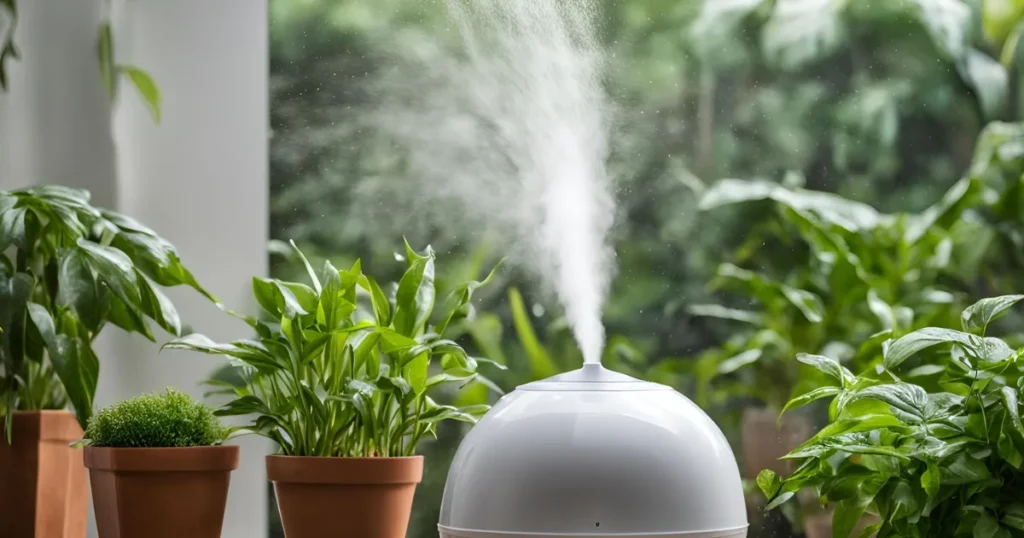
Not all plants need a fancy mist machine (humidifier) to thrive inside your house. But some leafy friends, especially those from super steamy places like rainforests, will need a little extra help to feel their best.
Think of plants like air plants, ferns, orchids, those pretty calatheas, and some fancy leafy things called aroids. These humidity hogs generally like their surrounding air to be more than 60% moisture-filled (that’s fancy talk for humid).
If the air is too dry, their leaves will get crispy, they might stop growing new leaves, or they could just look a little stressed.
Plant Humidifier: How to Pick the Right One for Your Jungle?
In this segment, I’m gonna talk about the factors you should look into if you want to buy one. I hope this will help. Let’s have a look at all the expert tips.
- Small is good! Don’t get a huge humidifier for your plants. Get a small one that puts mist near them.
- Control the mist! Look for a button to adjust the mist amount. Plants like it around 60%.
- Refill reminders! Get a humidifier with a see-through tank or a refill alert. No sad, dry plants!
- Big tank, less refilling! A bigger tank means you refill less often. More time for you!
- Warm or cool mist? Up to you!
- Warm mist is like a mini hot tub for air but uses more energy.
- Cool mist saves energy but might leave white dust if your water is hard.
- Clean it often! No matter what type you pick, clean it regularly to avoid icky stuff growing inside.
Conclusion
Extra moisture in the air might not be essential, but it’s like a spa day for your houseplants! It makes them feel more at home, just like we like our houses comfy. Luckily, keeping them happy is easy.
Just huddle your plants together or put them on a tray with pebbles and water (pot out of the water). For real moisture lovers, a small humidifier can be their indoor jungle oasis.

